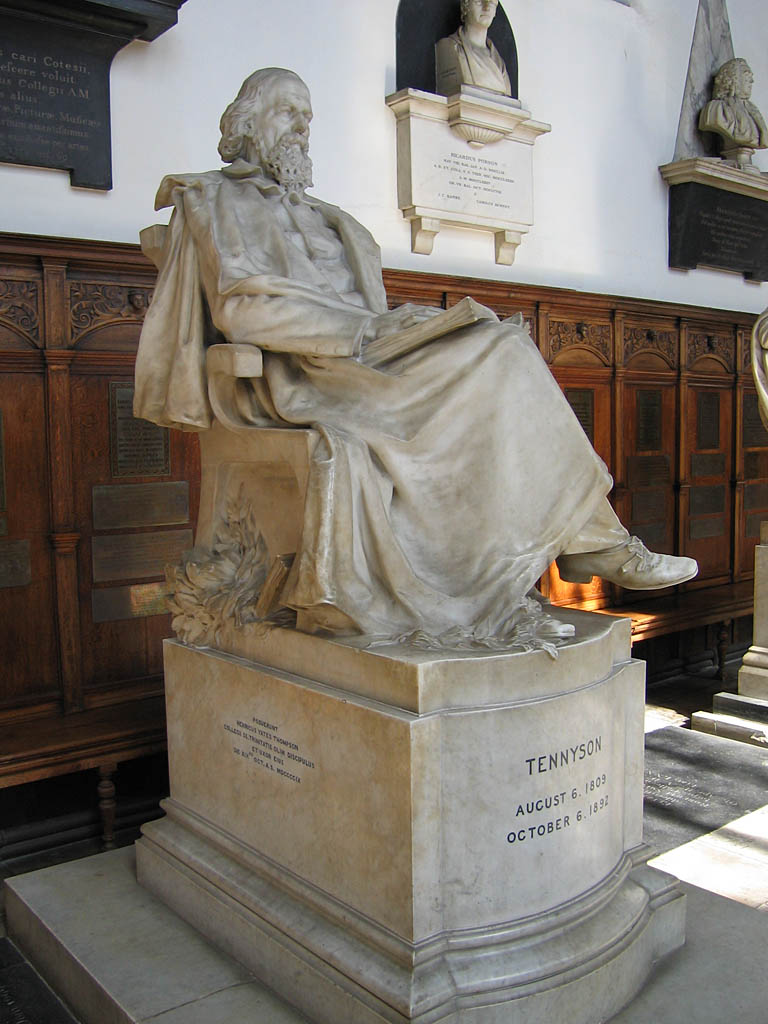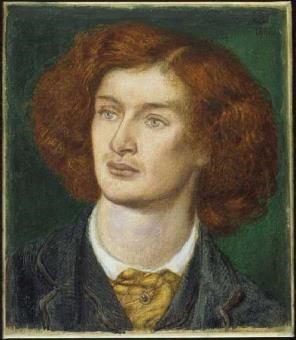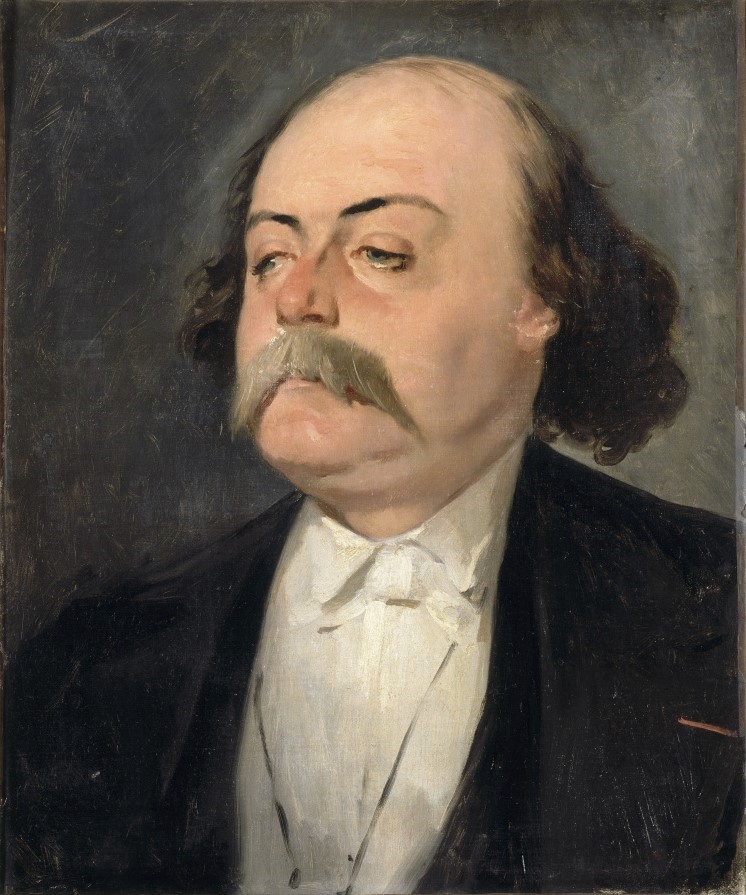|
The Sphinx (poem)
''The Sphinx'' is a 174-line poem by Oscar Wilde, written from the point of view of a young man who questions the Sphinx in lurid detail on the history of her sexual adventures, before finally renouncing her attractions and turning to his crucifix. It was written over a period of twenty years, stretching from Wilde's years as an Oxford student up to the poem's publication in an ''Г©dition de luxe'' in 1894. ''The Sphinx'' drew on a wide range of sources, both ancient and modern, but particularly on various works of the French Decadent movement. Though at first coldly received by critics it is now generally recognized as Wilde's finest Decadent poem, and has been described as "unrivalled: a quintessential piece of '' fin-de-siГЁcle'' art". Synopsis The poem begins with the narrator describing the figure of a sphinx which stands "in a dim corner of my room". He then addresses her, "Come forth you exquisite grotesque! half woman and half animal!", and asks to stroke her. H ... [...More Info...] [...Related Items...] OR: [Wikipedia] [Google] [Baidu] |
Oscar Wilde (1854-1900), By Hills & Saunders, Rugby & Oxford 3 April 1876
Oscar Fingal O'Flahertie Wills Wilde (16 October 185430 November 1900) was an Irish poet and playwright. After writing in different forms throughout the 1880s, he became one of the most popular playwrights in London in the early 1890s. He is best remembered for his epigrams and plays, his novel ''The Picture of Dorian Gray'', and the circumstances of his criminal conviction for gross indecency for consensual homosexual acts in "one of the first celebrity trials", imprisonment, and early death from meningitis at age 46. Wilde's parents were Anglo-Irish intellectuals in Dublin. A young Wilde learned to speak fluent French and German. At university, Wilde read Literae Humaniores#Greats, Greats; he demonstrated himself to be an exceptional Classics, classicist, first at Trinity College Dublin, then at Magdalen College, Oxford, Oxford. He became associated with the emerging philosophy of aestheticism, led by two of his tutors, Walter Pater and John Ruskin. After university, Wilde m ... [...More Info...] [...Related Items...] OR: [Wikipedia] [Google] [Baidu] |
Alfred, Lord Tennyson
Alfred Tennyson, 1st Baron Tennyson (6 August 1809 – 6 October 1892) was an English poet. He was the Poet Laureate during much of Queen Victoria's reign. In 1829, Tennyson was awarded the Chancellor's Gold Medal at Cambridge for one of his first pieces, "Timbuktu". He published his first solo collection of poems, ''Poems, Chiefly Lyrical'', in 1830. "Claribel" and "Mariana", which remain some of Tennyson's most celebrated poems, were included in this volume. Although described by some critics as overly sentimental, his verse soon proved popular and brought Tennyson to the attention of well-known writers of the day, including Samuel Taylor Coleridge. Tennyson's early poetry, with its medievalism and powerful visual imagery, was a major influence on the Pre-Raphaelite Brotherhood. Tennyson also excelled at short lyrics, such as "Break, Break, Break", "The Charge of the Light Brigade", "Tears, Idle Tears", and "Crossing the Bar". Much of his verse was based on classical mytho ... [...More Info...] [...Related Items...] OR: [Wikipedia] [Google] [Baidu] |
Dolores (Notre-Dame Des Sept Douleurs)
"Dolores", subtitled "Notre-Dame des Sept Douleurs", is a poem by A. C. Swinburne first published in his 1866 ''Poems and Ballads''. The poem, in 440 lines, regards the figure of the titular "Dolores, Our Lady of Pain", thus named at the close of many of its stanzas. Themes The speaker of the poem is the voice of a besotted lover, faced with, and lamenting, Swinburne's particular ruthless and grim representation of the sacred feminine, embodied here as the Lady of Pain. In these respects, the poem shares its central themes with "Satia te Sanguine" from the same 1866 collection, as does it similarly share its sadomasochistic imagery with that poem and many others within Swinburne's corpus. Meter The poem's meter is a fairly regular anapestic trimeter with some use of iambs and the final line of each stanza containing only two feet. It uses an eight line stanza with the rhyme scheme ABABCDCD and regularly uses feminine rhyme for the A and C rhymes, often rhyming the name "Dolores ... [...More Info...] [...Related Items...] OR: [Wikipedia] [Google] [Baidu] |
Algernon Charles Swinburne
Algernon Charles Swinburne (5 April 1837 – 10 April 1909) was an English poet, playwright, novelist, and critic. He wrote several novels and collections of poetry such as ''Poems and Ballads'', and contributed to the famous Eleventh Edition of the ''Encyclopædia Britannica''. Swinburne wrote about many taboo topics, such as lesbianism, sado-masochism, and anti-theism. His poems have many common motifs, such as the ocean, time, and death. Several historical people are featured in his poems, such as Sappho ("Sapphics"), Anactoria ("Anactoria"), and Catullus ("To Catullus"). Biography Swinburne was born at 7 Chester Street, Grosvenor Place, London, on 5 April 1837. He was the eldest of six children born to Captain (later Admiral) Charles Henry Swinburne (1797–1877) and Lady Jane Henrietta, daughter of the 3rd Earl of Ashburnham, a wealthy Northumbrian family. He grew up at East Dene in Bonchurch on the Isle of Wight. The Swinburnes also had a London home at Whitehall G ... [...More Info...] [...Related Items...] OR: [Wikipedia] [Google] [Baidu] |
Г‰maux Et CamГ©es
''Г‰maux et CamГ©es'' (''Enamels and Cameos'') is a collection of poetry by the French poet ThГ©ophile Gautier. Originally published in 1852 with 18 poems, ''Г‰maux et camГ©es'' grew to include 37 poems in later editions. Whereas Gautier's earlier work was more concerned with romantic aestheticism, the formalism Formalism may refer to: * Form (other) * Formal (other) * Legal formalism, legal positivist view that the substantive justice of a law is a question for the legislature rather than the judiciary * Formalism (linguistics) * Scie ... of this last collection is a point of reference for the arrival of Parnassianism. Contents *PrГ©face *AffinitГ©s secrГЁtes *Le PoГЁme de la Femme *Г‰tudes de mains *Variations sur le Carnaval de Venise *Symphonie en Blanc Majeur *Coquetterie posthume *Diamant du cЕ“ur *Premier Sourire du Printemps *Contralto *Caerulei oculi *Rondalla *L'Aveugle *Lied *Fantaisies d'hiver *La Source *BГ»chers et tombeaux *Le Souper des armu ... [...More Info...] [...Related Items...] OR: [Wikipedia] [Google] [Baidu] |
ThГ©ophile Gautier
Pierre Jules Théophile Gautier ( , ; 30 August 1811 – 23 October 1872) was a French poet, dramatist, novelist, journalist, and art and literary critic. While an ardent defender of Romanticism, Gautier's work is difficult to classify and remains a point of reference for many subsequent literary traditions such as Parnassianism, Symbolism, Decadence and Modernism. He was widely esteemed by writers as disparate as Balzac, Baudelaire, the Goncourt brothers, Flaubert, Pound, Eliot, James, Proust and Wilde. Life and times Gautier was born on 30 August 1811 in Tarbes, capital of Hautes-Pyrénées département (southwestern France). His father was Jean-Pierre Gautier,See "Cimetières de France et d'ailleurs – La descendance de Théophile Gautier", landrucimetieres.fr/ref> a fairly cultured minor government official, and his mother was Antoinette-Adelaïde Cocard. The family moved to Paris in 1814, taking up residence in the ancient Marais district. Gautier's education comm ... [...More Info...] [...Related Items...] OR: [Wikipedia] [Google] [Baidu] |
The Temptation Of Saint Anthony (book)
''The Temptation of Saint Anthony'' (French ''La Tentation de Saint Antoine'') is a dramatic poem in prose (often referred as a novel) by the French author Gustave Flaubert published in 1874. Flaubert spent his whole adult life working fitfully on the book. Origin In 1845, at age 24, Flaubert visited the Balbi Palace in Genoa, and was inspired by a painting of the same title, then attributed to Bruegel the Elder (now thought to be by one of his followers). Flaubert worked at the subject in three versions, completed in 1849, 1856 (with extracts published at that time) and 1872, before publishing the final version in 1874. It takes as its subject the famous temptation faced by Saint Anthony the Great, in the Egyptian desert, a theme often repeated in medieval and modern art. It is written in the form of a play script, detailing one night in the life of Anthony the Great, during which he is faced with great temptations. The work was illustrated by the French painter Odilon Red ... [...More Info...] [...Related Items...] OR: [Wikipedia] [Google] [Baidu] |
Gustave Flaubert
Gustave Flaubert ( , , ; 12 December 1821 – 8 May 1880) was a French novelist. Highly influential, he has been considered the leading exponent of literary realism in his country. According to the literary theorist Kornelije Kvas, "in Flaubert, realism strives for formal perfection, so the presentation of reality tends to be neutral, emphasizing the values and importance of style as an objective method of presenting reality". He is known especially for his debut novel ''Madame Bovary'' (1857), his ''Correspondence'', and his scrupulous devotion to his style and aesthetics. The celebrated short story writer Guy de Maupassant was a protégé of Flaubert. Life Early life and education Flaubert was born in Rouen, in the Seine-Maritime department of Upper Normandy, in northern France. He was the second son of Anne Justine Caroline (née Fleuriot; 1793–1872) and Achille-Cléophas Flaubert (1784–1846), director and senior surgeon of the major hospital in Rouen. He began writ ... [...More Info...] [...Related Items...] OR: [Wikipedia] [Google] [Baidu] |
Maurice Rollinat
Maurice Rollinat (December 29, 1846 in Châteauroux, Indre – October 26, 1903 in Ivry-sur-Seine) was a French poet and musician. Early works His father represented Indre in the National Assembly of 1848, and was a friend of George Sand, whose influence is very marked in young Rollinat's first volume, ''Dans les brandes'' (1877), and to whom it was dedicated. Brief fame After its publication, he abandoned Literary realism, realism and worked in a very different manner. He joined a literary circle that called themselves ''Les Hydropathes'', founded by Émile Goudeau, an anti-clericalism, anti-clerical group with ties to the decadent literary movement. Under their influence wrote the poems that made his reputation. In ''Les Névroses'', with the sub-title ''Les Âmes, Les Luxures, Les Refuges, Les Spectres, Les Ténèbres'', he showed himself as a disciple of Charles Baudelaire. He constantly returns in these poems to the physical horrors of death, and is obsessed by unpleasant i ... [...More Info...] [...Related Items...] OR: [Wikipedia] [Google] [Baidu] |
Les Fleurs Du Mal
''Les Fleurs du mal'' (; en, The Flowers of Evil, italic=yes) is a volume of French poetry by Charles Baudelaire. ''Les Fleurs du mal'' includes nearly all Baudelaire's poetry, written from 1840 until his death in August 1867. First published in 1857, it was important in the symbolist —including painting— and modernist movements. Though it was extremely controversial upon publication, with six of its poems censored due to their immorality, it is now considered a major work of French poetry. The poems in ''Les Fleurs du mal'' frequently break with tradition, using suggestive images and unusual forms. They deal with themes relating to decadence and eroticism, particularly focusing on suffering and its relationship to original sin, disgust toward evil and oneself, obsession with death, and aspiration toward an ideal world. Les Fleurs du mal had a powerful influence on several notable French poets, including Paul Verlaine, Arthur Rimbaud, and Stéphane Mallarmé. Overview ... [...More Info...] [...Related Items...] OR: [Wikipedia] [Google] [Baidu] |
Charles Baudelaire
Charles Pierre Baudelaire (, ; ; 9 April 1821 – 31 August 1867) was a French poetry, French poet who also produced notable work as an essayist and art critic. His poems exhibit mastery in the handling of rhyme and rhythm, contain an exoticism inherited from Romantics, but are based on observations of real life. His most famous work, a book of lyric poetry titled ''Les Fleurs du mal'' (''The Flowers of Evil''), expresses the changing nature of beauty in the rapidly industrializing Paris during the mid-19th century. Baudelaire's highly original style of prose-poetry influenced a whole generation of poets including Paul Verlaine, Arthur Rimbaud and Stéphane Mallarmé, among many others. He is credited with coining the term modernity (''modernité'') to designate the fleeting, ephemeral experience of life in an urban metropolis, and the responsibility of artistic expression to capture that experience. Marshall Berman has credited Baudelaire as being the first Modernism, Modernis ... [...More Info...] [...Related Items...] OR: [Wikipedia] [Google] [Baidu] |
ГЂ Rebours
''ГЂ rebours'' (; translated ''Against Nature'' or ''Against the Grain'') is an 1884 novel by the French writer Joris-Karl Huysmans. The narrative centers on a single character: Jean des Esseintes, an eccentric, reclusive, ailing aesthete. The last scion of an aristocratic family, Des Esseintes loathes nineteenth-century bourgeois society and tries to retreat into an ideal artistic world of his own creation. The narrative is almost entirely a catalogue of the neurotic Des Esseintes's aesthetic tastes, musings on literature, painting, and religion, and hyperaesthesic sensory experiences. ''ГЂ rebours'' contains many themes that became associated with the Symbolist aesthetic. In doing so, it broke from Naturalism and became the ultimate example of "Decadent" literature, inspiring works such as Oscar Wilde's ''The Picture of Dorian Gray'' (1890). In his preface for the 1903 publication of the novel, Huysmans wrote that he had the idea to portray a man "soaring upwards into dream ... [...More Info...] [...Related Items...] OR: [Wikipedia] [Google] [Baidu] |
%2C_by_Hills_&_Saunders%2C_Rugby_&_Oxford_3_april_1876.jpg)







